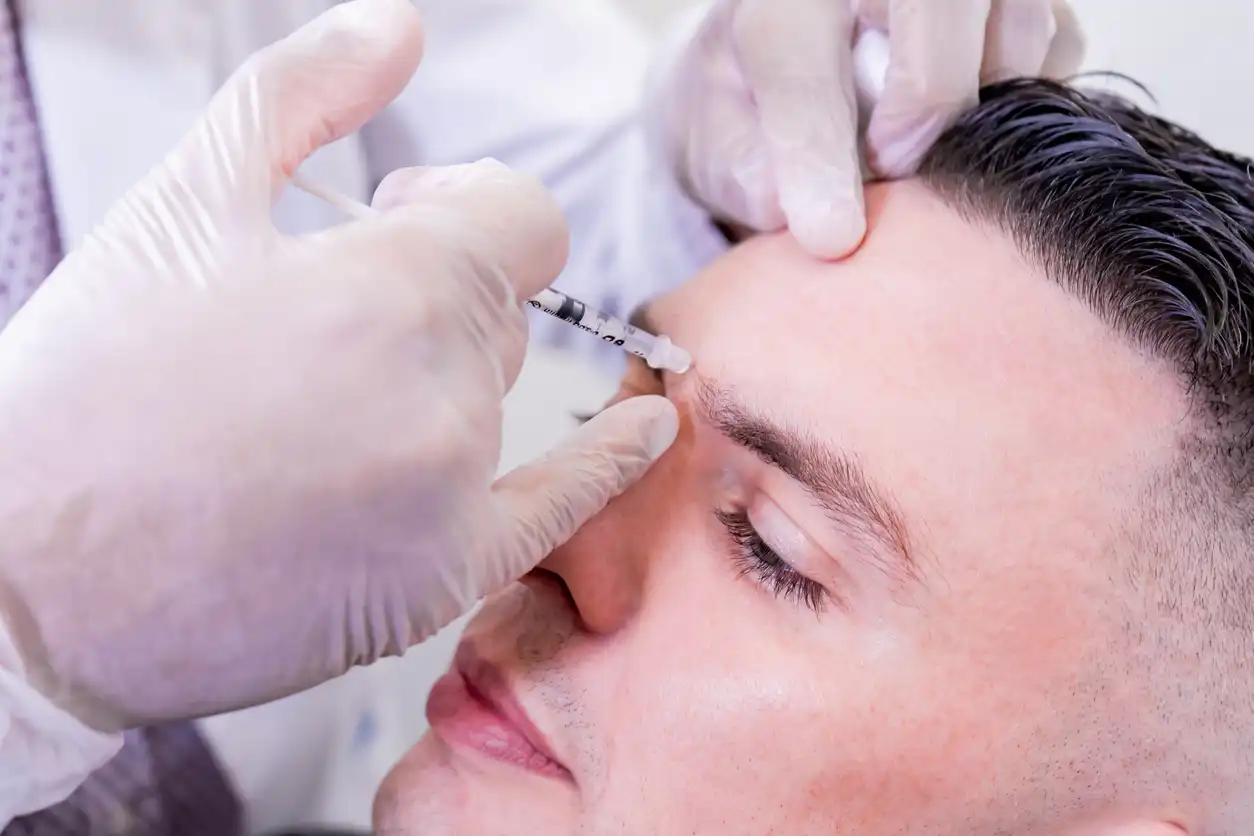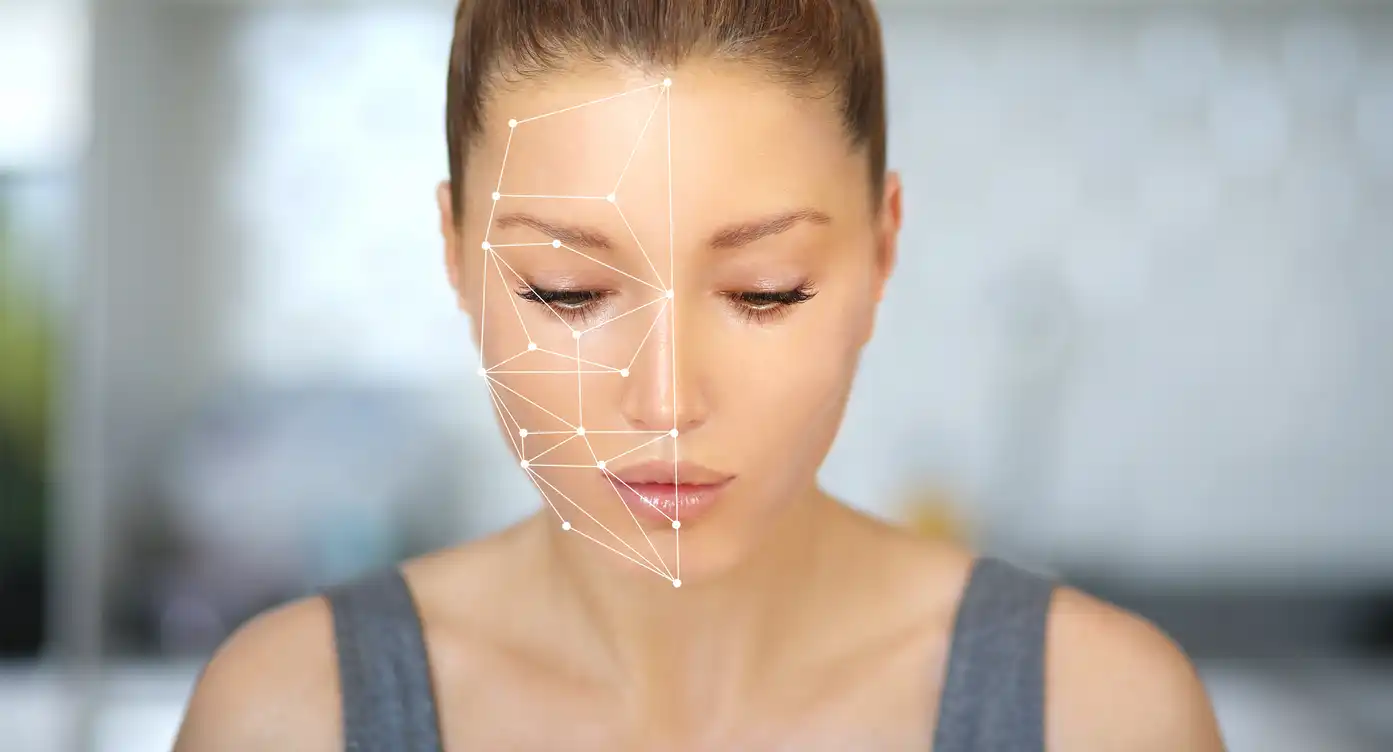While Botox is most famous for its cosmetic use, it can also be a lifesaver for migraine treatment. In this article, we will cover how migraine Botox works, neurologists and surgeons’ techniques, and why it’s not a one-fitting-fall therapy. By being in the know about Botox for migraine, you’ll have a fairer chance at finding the best options for long-term relief.
What is Migraine Botox?

Botox stops muscles from moving and most people know Botox can erase wrinkles. Less people know it’s also effective for stopping migraines.
For a migraine, Botox relaxes a group of muscles around a specific nerve, thus cutting of aches. Relaxation will break a loop of constriction of a nerve, a prevalent cause of aches in headaches.
Migrainous individuals say constant aches not only affect overall health but even work life, relationships, and daily life. Patients who have not been successful with other forms of therapy can receive Botox.
How Botox for Migraines Works
1. The Role of Muscles in Migraines
The muscles surrounding peripheral nerves sometimes press down and cause irritation to them, and in turn, produce pain stimuli that can cause migraines. Getting Botox helps in relaxing such muscles, and in consequence, reduces both the intensity and frequency of occurrences of headaches.
2. Diagnostic vs. Therapeutic Use
When a professional performs Botox for migraines, they typically focus on specific areas where nerves are often compressed. This contrasts with the broader, “shotgun” approach often used by neurologists, where Botox is injected into 33 general locations. While this generalized approach may work for some, targeted administration by a skilled surgeon can yield better results for others.
3. Understanding Anatomy
The effectiveness of Botox lies in the injector’s understanding of nerve pathways who can inject the Botox in a precise way.
Botox Doesn’t Always Work to Eliminate Migraines
Though Botox is an excellent solution to cure muscle compression on the nerves, yet it will not resolve the following:
- Compression by a Blood Vessel: If a blood vessel compresses a nerve, the problem will not be relieved by Botox.
- Fascia: Tight fascia can constrict nerves, causing irritation that Botox cannot resolve.
- Bony Tunnels: Some nerves pass through narrow bony channels, where Botox is ineffective.
This variability explains why some patients see dramatic results while others report no improvement at all.
When Botox for Migraines Works Best

1. Muscle-Related Nerve Irritation
Patients with muscle-driven migraines often experience significant relief from migraine Botox when administered correctly. Precise injections by a surgeon who understands nerve pathways can be transformative.
2. Proper Diagnosis
You can determine if it is muscle compression that’s the culprit through a diagnostic nerve block with lidocaine. A local anesthetic injection that relieves your pain is a good indication that Botox may work.
When Botox Doesn’t Work

If your Botox doesn’t work, there are still options. Here’s what to try next:
1. Explore Other Diagnostic Tests
A lidocaine nerve block can help identify the source of irritation. Even if Botox is ineffective, a successful nerve block may indicate that you are a good candidate for surgical intervention.
2. Consider Surgery
For patients with migraines caused by blood vessels, fascia, or bone, surgery may be the best solution. Surgeons can:
- Remove blood vessels compressing the nerve.
- Release tight fascia.
- Enlarge bony tunnels to relieve nerve pressure.
3. Consult a Specialist
Consult a surgeon specialized in the nervous system to assess your unique needs and recommend the best procedure for your body
Why Surgeons and Neurologists Must Perform Botox Differently
Make sure this youtube video is within the blog:
Neurologists often use a broad approach to Botox for migraines, injecting multiple areas with the goal of generally relaxing muscle tension. While effective for some, this method may miss the mark for patients with specific nerve-related issues.
On the other hand, surgeons typically:
- Use targeted injections based on a deep understanding of nerve anatomy.
- Focus on the exact muscles compressing the nerve.
- Combine Botox with diagnostic tools to ensure precision.
This tailored approach can lead to better outcomes, particularly for patients with complex migraine triggers.
Myths About Migraine Botox
1. “If Botox Doesn’t Work, Nothing Will”
Not true. Botox’s effectiveness relates to the cause of your migraine. If the treatment doesn’t work, sometimes other treatments-even surgery-can get rid of such headaches.
2. “Botox is Just for Wrinkles”
Though cosmetic treatments are common nowadays, Botox is the only FDA-accepted treatment against chronic migraine problems and has really helped many find relief.
3. “All Botox Injections Are the Same”
Then again, there is the skill and expertise of the provider. It may be the precision of a surgeon that will make all the difference.
Key Takeaways for Migraine Botox Patients
1. Give Botox a Try
Botox is a non-invasive option that’s worth checking out especially if you suspect muscle related nerve compression.
2. Don’t Lose Hope if Botox Fails
Diagnostic tests and other treatments can still help if Botox fails.
3. Seek Specialized Care
An experienced surgeon provides a more targeted and effective treatment than a general practitioner.
The Role of Botox in Comprehensive Migraine Care

Botox is not just a treatment; it’s a diagnostic process. By knowing how your body would respond to Botox, among other interventions, specialists will be able to make a personalized plan for your migraines.
Many patients can be given long-lasting relief with a combination of Botox, diagnostic nerve blocks, and surgical procedures when indicated.
Conclusion

Migraine Botox is strong, but not a magic wand. Effectiveness largely depends on the root of your migraines and the quality of the provider. Whether you’re considering trying Botox for the first time or seeking other options because treatments have failed, it’s essential to understand the nuances of Botox for migraines in order to make an informed decision in the best possible way.
Failed Botox procedures are not always the end of the tunnel. Diagnostic tests and surgical options offer hope in cases where traditional treatments may not work for some. Take the first painless step into your future and consult your specialist today.

